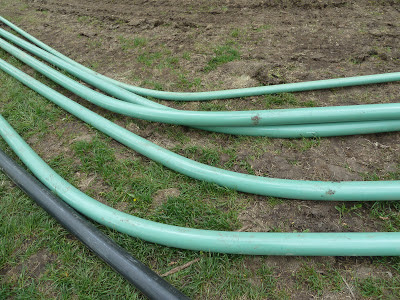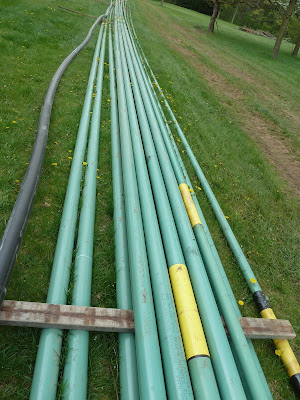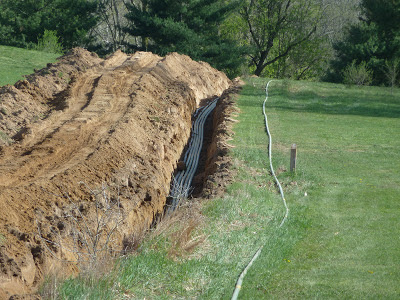1.
What is going to be the processing capacity of
the plant?
2.
What are they processing (crude, natural gas?)
and into what?
3.
How do they plan to provide secondary
containment for the facility? (Earthen (Clay)? with High density polyethlyene
(HDPE) liners, geotextile liners?, concrete?)
4.
How are they going to dispose of produced water
and other wastes?
5.
How are they going to recycle used oil?
6.
What type of air permit
will be required? Will it be title V (title V means it pollutes a lot)
7.
What is going to be the
storage capacity for oil at the facility?
8.
Who is doing the NEPA
study on the environmental impacts from the plant and the pipeline and
gathering pipelines associated?
9.
Another concern is what is the potential for increased 18 wheeler traffic in the area and
the safety involved with that?
10.
What are the
potential chemicals they will be using at the facility?
11.
How equipped is the
LEPC in the area (Local Emergency Planning Committee) to respond to an
emergency?
12.
And who will
take on the cost of upgrading fire and hazmat services the community will need from this facility?
13.
How much Noise,
Vibration and Odor will this facility produce and what will this do to
our property values?
14.
What is the potential life span of this
facility? 25 to 30 years?
15. How
will the City of Adrian spend the proceeds from this operation and will they
post the revenue on the city web site with transparency?
Handout shared at the 4/1/2013 city commission assembly by an anonymous citizen with great knowledge of the industry.















































